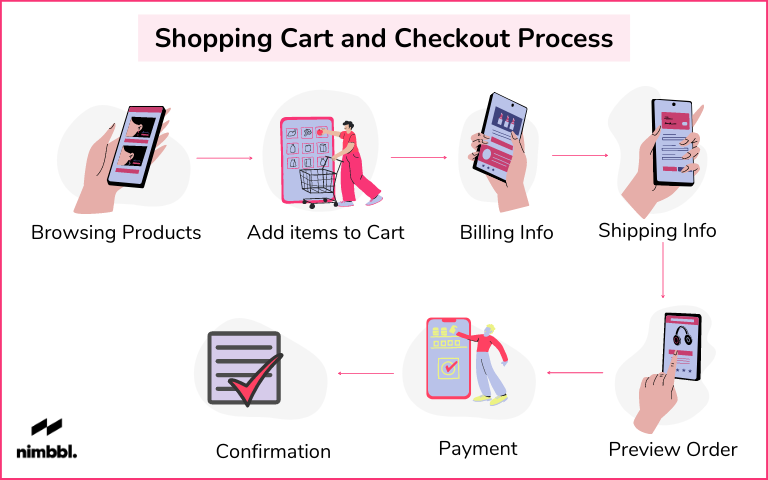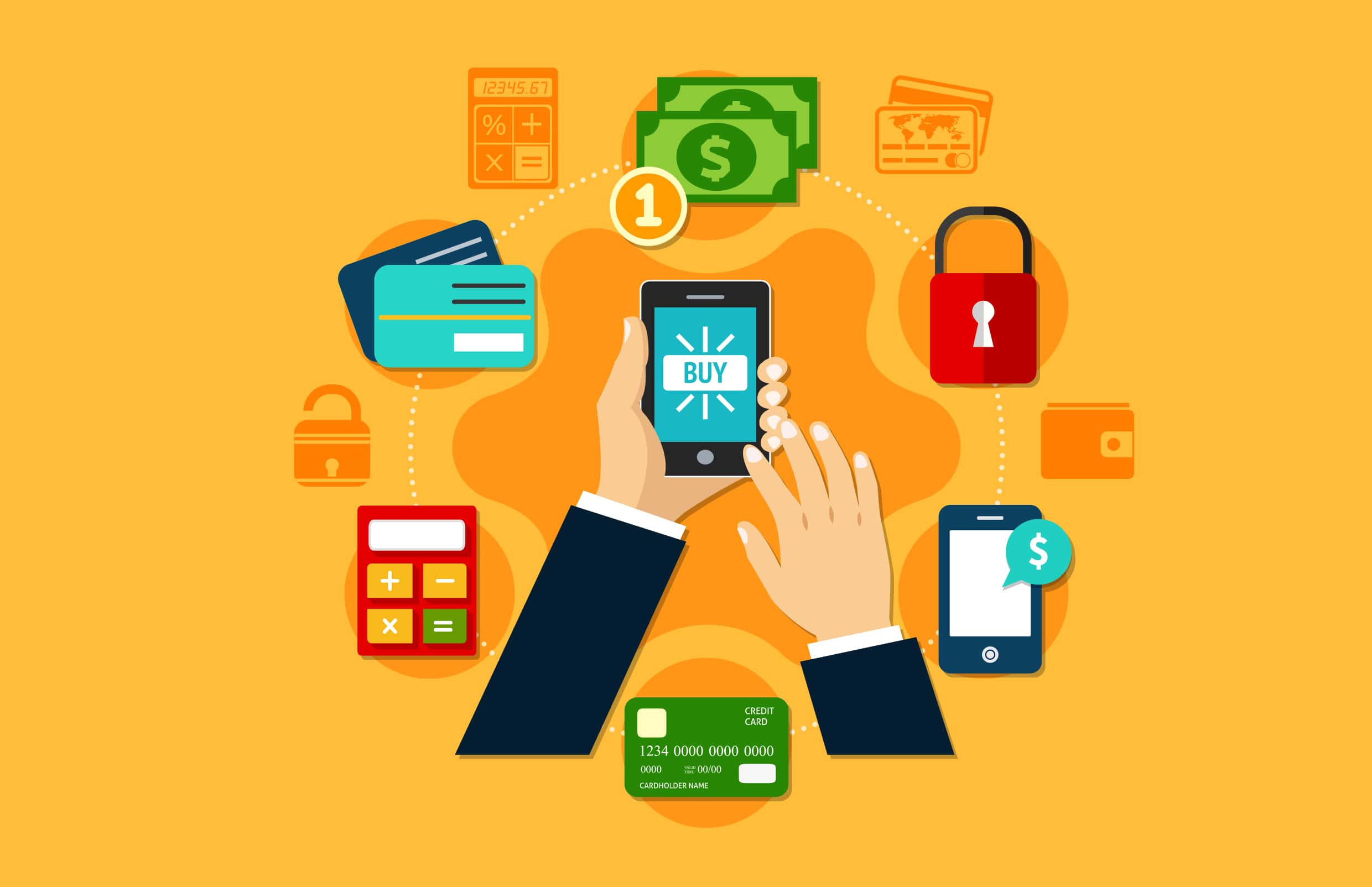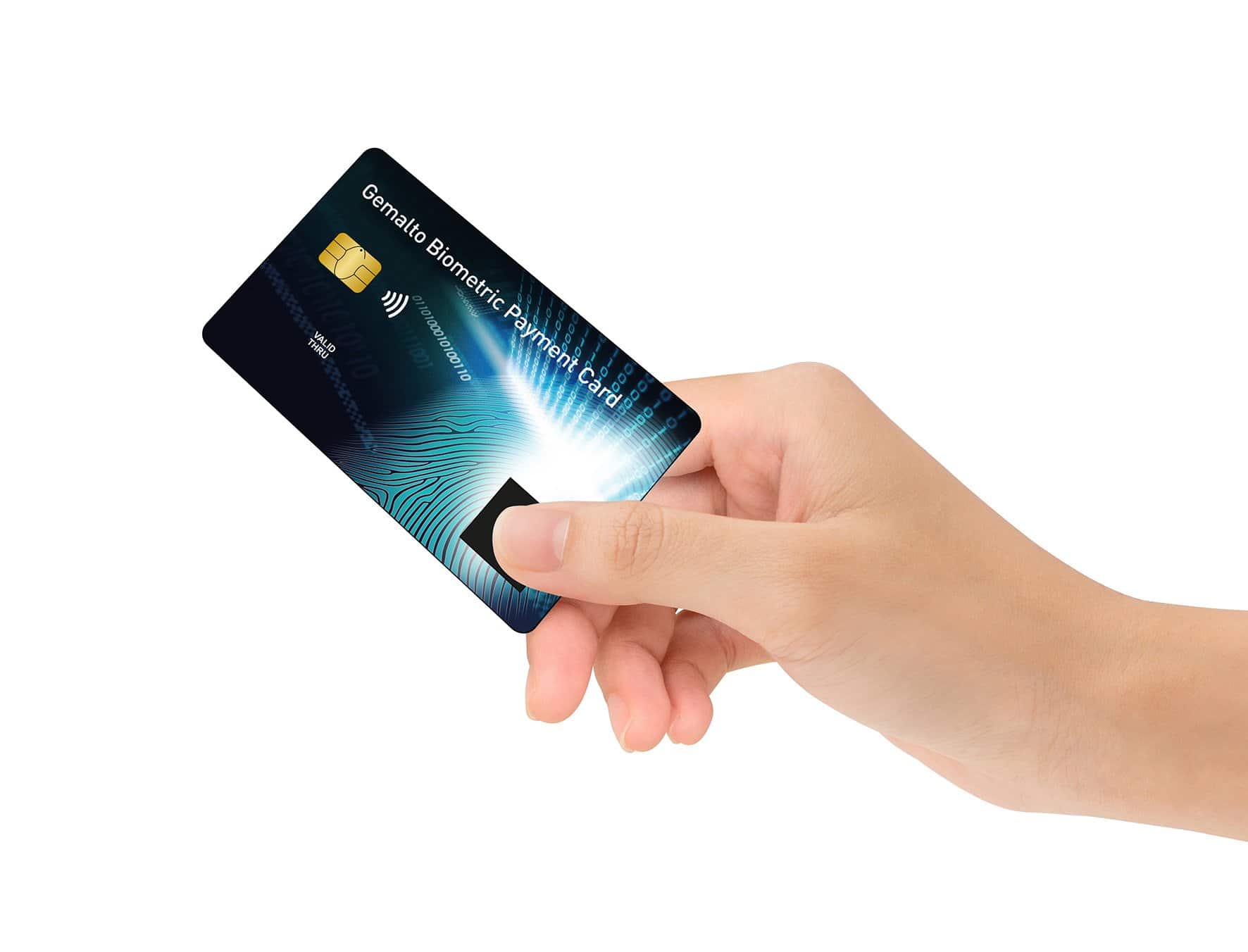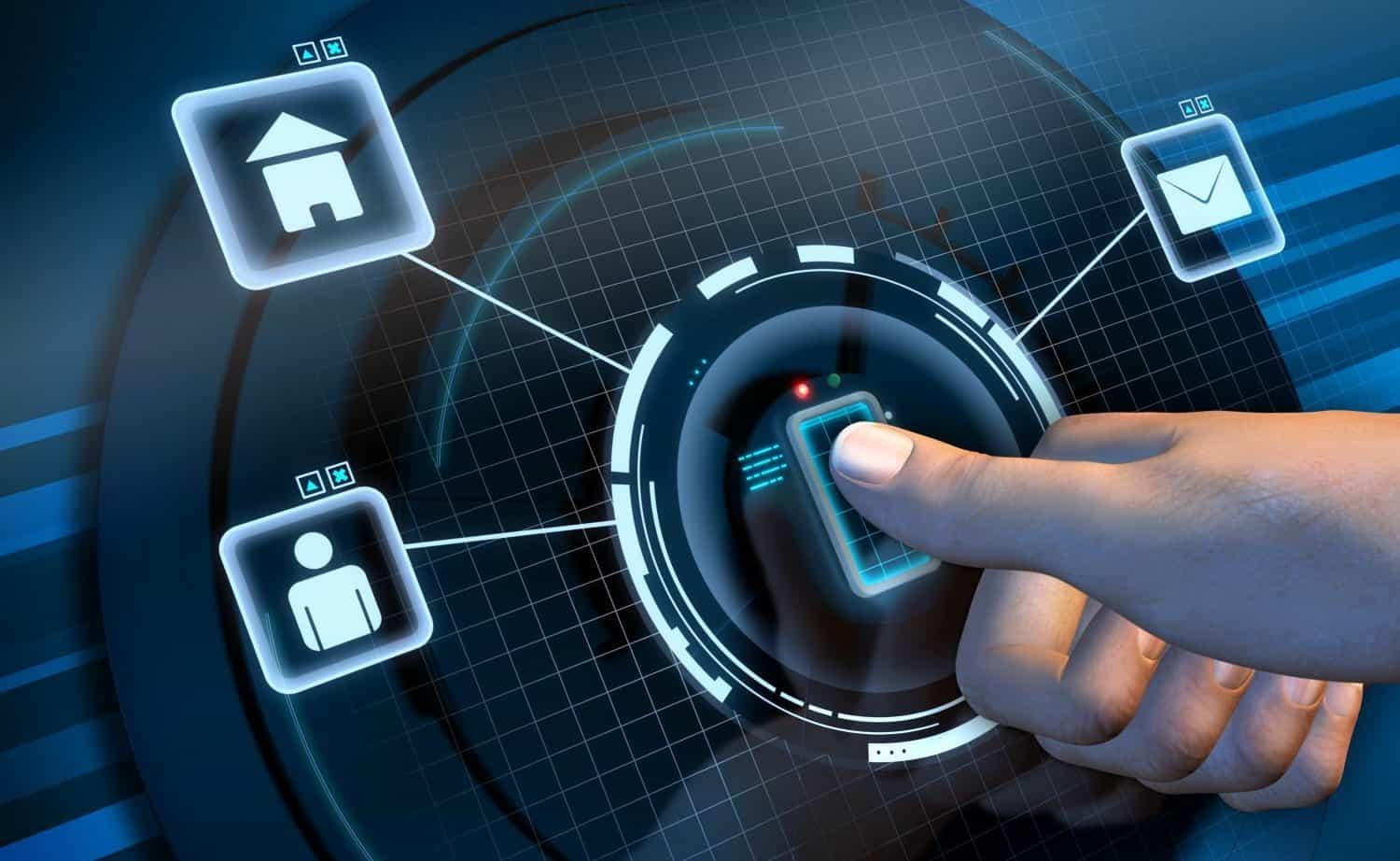Imagine your face paying for coffee or your fingerprint buying a movie ticket. Biometric authentication for digital payments is making this real. Gone are the days of digging through wallets for cash or cards. Now, a quick scan is all it takes to pay up. This magic is changing shops and banks fast. But is it safe? Let’s unlock the future and see how biometrics are keeping our money tight and right.
Embracing Biometric Authentication in Digital Payments
The Rise of Fingerprint Payment Technology
Fingerprint payment technology is taking off. It allows you to pay with just a touch. Nice and easy! Your thumbprint can now pay for coffee, books, or a ride. No need for cash or cards. Each thumbprint is unique. That’s what makes it so secure. When you use your finger, it’s all about you.
Stores are adopting fingerprint scanners fast. They love how quick the line moves. This tech is good for them and us. It’s fast, it’s safe, and it works! Banks and shops use your thumbprint to make sure it’s really you. No one else has your prints. That means no one else can use your money.
Small businesses love thumbprint scanners too. They can take payments on the go. This makes their work smooth and easy. Plus, they don’t have to worry about fraud as much. Secure, quick, and it just takes a tap. No wonder fingerprint tech is spreading like wildfire!
Facial Recognition: Enhancing the Checkout Process
Facial recognition payment systems are changing shopping. Just show your face and go. It’s like the future is here already. Your face becomes your wallet. It’s a cool way to buy things without pulling out your phone.
At checkout, a quick scan of your face is all it takes. It finds your face in a safe and private database. Then, it checks if it’s really you. This all happens in a snap. No swiping, no typing. Just a look and you’re done. So simple!
Some folks worry about their face for payments. But experts work hard to keep our data safe. There’s a lot of talk and work around biometric data protection. They make systems that can’t be fooled easy. This helps keep your money and face safe.
More people try facial recognition and love it. It’s as easy as taking a selfie. You can use it in stores, online, and some ATMs too. This tech knows it’s you even with a new haircut. That means you can shop worry-free, any day.
Facial recognition helps stop cheats and thieves too. It looks for the things that make your face yours. No mask or photo can trick it. It’s smart like that. People are catching on. Soon, paying by face may be the norm!
In all, fingerprint and facial recognition are stars of secure payments. They’re quick. They’re safe. They’re for everyone. Look, the chase for easy and safe shopping never ends. But with biometrics, we’re getting there, and fast! In the tech world, we keep an eye out for what’s next. Like how to shop safer, quicker, and cooler. There’s a lot to do, but we’re on it. Biometric tech is here to stay!
Biometric Verification: A Cornerstone of Mobile Wallet Security
Voice Authentication: The New Frontier in Banking
Voice authentication in banking is our new guard. Imagine just talking, and you’re in. No more typed passwords. Sounds good, right? Banks are getting smarter. They now use biometric verification in mobile wallets. This means safer money for us all. Your unique voice opens your wallet, just like that. Use your voice, make a payment. It’s easy and fast.
Now, you may ask, “Is voice authentication safe?” Yes, very safe. Your voiceprint is unique, just like a fingerprint. No one else has your voice. Scary thought? Maybe, but with technology, it’s a safe bet. Voiceprint tech looks at the way you talk, not just what you say. It checks your voice’s sound waves. It’s hard to fake that. You feel safe knowing it’s tough to break.
Let’s dig deeper. Banks mix things up for security. They might ask you to say different things. So, it gets tricky for a thief. But easy for you. Cool, right? And even if you get a cold, the system can still know it’s you. So, your cash stays yours.
Remember, banks keep your voiceprint safe too. They must protect your voice like they protect your money. This means encrypting your voice details. So, even if bad guys get in, they can’t grab your voiceprint. That’s relief for us all.
What’s next for voice authentication? Paying for stuff outside of banking. Think ordering food or shopping online with just your voice. All safe and sound!
Integrating Iris and Vein Scanning for Robust Security
Our eyes and veins are unique too. They’re like our own secret codes. Banks are using iris scanning and vein recognition for even better safety. With them, we get strong security and peace of mind.
Want to know how iris scanning works? Your eye has colors and patterns. No two are the same. A special camera looks at your eye. Then, it matches the patterns against what’s on file. This match is fast and really, really secure.
Vein scanning is cool too. Your hand or finger veins become keys to your money. Just show your hand, and you’re good to go. This is because blood veins don’t change much. They’re hidden inside, so they’re tough for thieves to copy.
Biometric payment apps now use our bodies to keep things safe. Fingers, eyes, and voices. They all help stop the bad guys. With these, we pay without touching stuff. Less touch means fewer germs. That’s a big plus these days.
When you mix different methods, that’s multimodal biometric systems. They may use both your voice and your eye. That’s double the safety. Banks and shops want you to feel secure. With this tech, you do.
Some worry about privacy with biometrics. That’s fair. But know this, laws help keep your details private. Companies must follow rules so your biometric data stays safe. They work hard to keep your trust. This means your shopping is both easy and private.
Biometrics is changing how we buy and bank. It’s giving us safety with convenience. It’s unlocking the future of payments. And it’s doing that today.
Enhancing User Experience with Seamless Biometric Solutions
The Advent of Multimodal Biometric Systems
When you shop online or use your phone to pay, you expect it to be easy and safe. This is where multimodal biometric systems come in. They check who you are in many ways. Like using your face, thumb, and voice to make sure it’s really you.
Think of it as a superhero team, where each hero has a special power. Now, imagine your phone or card is the superhero team. It uses different checks — maybe your fingerprint, your voice, and even the shape of your face — to keep your money safe. It’s not just cool; it’s smart too, because it’s harder to trick all those checks at once.
Biometric Smart Cards: Merging Convenience and Security
Now let’s talk about biometric smart cards. They’re like your regular payment cards but with a twist. They have tiny biometric sensors right on them! You just touch it with your thumb, and it knows it’s you. Then, you’re good to go — no need to punch in a PIN or sign anything. This is a big win for keeping things speedy at checkout.
Imagine walking up to the counter, grabbing your stuff, and just tapping your card. In just a blink, your thumb’s print tells the card, “Hey, I know them! It’s okay!” This makes things quicker and keeps your money away from the bad guys.
These cards don’t just make paying fast. They pack a punch against fraud and keep your private info out of harm’s way. Because your thumbprint is only on your card, no one else can use it if they’re up to no good. And since the card talks to the register without wires, your details stay with you.
Shops like these cards because they keep lines moving. And banks are all for them since they help stop fraud. But the best thing? You like them because they make buying stuff a breeze. It’s a win-win-win!
So that’s the scoop on how biometrics are changing the way we buy things. They make it quick, they keep it safe, and they’ve got your back every time you want to treat yourself. With all this tech magic at your fingertips, the future of shopping looks pretty bright, don’t you think?
Addressing Privacy and Security Concerns in Biometric Systems
Balancing Biometric Data Protection with User Convenience
Your payments must be quick but safe too. Biometric systems hit the mark. They use parts of you, like your fingerprint, face, or voice, to check it’s really you. This is handy and much safer than a stolen password.
Fingerprint payment tech is everywhere now. You touch your phone, and it pays for you. Easy! But there’s more. Banks also like voice authentication. It’s like your voice is your password. Iris scanning is cool too, for super secure transactions.
But wait, isn’t it spooky to share these bits of you with the tech world? Not really. Biometric data protection is a big deal. Folks who make these systems know they must keep your details safe. They work hard to stop bad guys from sneaking a peek.
For a secure digital wallet experience, your info gets scrambled. It turns into code that only your phone or bank can read. If a crook grabs it, they can’t use it. It’s like giving them a puzzle with no picture. Good luck to them!
The Role of Cybersecurity in Biometric Authentication Methods
Cybersecurity and biometric tech are best friends. They team up to fight fraud. Ever hear of biometric sensors in smartphones? They’re part of this team too. These sensors guard your phone like tiny bodyguards.
When you pay with a thumbprint scanner or biometric payment apps, you’re super safe. Cybersecurity steps in to protect your payment path. It checks for sneaky signs of fraud. It makes sure it’s you tapping your thumb or smiling at your phone and no one else.
Multimodal biometric systems are like having many locks on a door. You need a face, a finger, and maybe your voice to open it. More checks, better safety, right?
But safety is not the only endgame – it’s about being user-friendly too. If it’s slow or hard, we won’t use it, and that’s bad for everyone. The magic is to keep things both fast and secure.
We’re making progress. Biometric smart cards are in the works. Just imagine paying with a card that knows you by touch! And financial institutions are all in. They want you to have a quick but safe checkout.
So, friends, our future with biometrics looks bright. Experts and techy folks work non-stop to keep your info under lock and key. Your quick coffee run stays quick, yet your personal details remain yours alone. Keep an eye out, though! Always know how your biometric data is handled. It’s the key to happy, secure payments.
Remember, while it’s cool to pay with a wink or a fingertip, it’s even cooler knowing it’s as safe as your smile.
Got it? Great! Biometrics in payments are both simple and complex. But they’re definitely changing the way we think about buying and banking. Don’t worry – the smart folks are on it, balancing safety with simplicity. The future is now, and guess what? You’re already part of it. Just keep using your unique self to keep your payments safe and sound.
We’ve explored how biometrics make digital payments quick and safe. Our fingers, faces, even our voices can now okay a buy. No more fuss with passwords or pins. This tech is not just cool; it’s a must for keeping our mobile wallets ironclad against theft. And it’s not stopping at fingers and faces. Fancy stuff, like scanning our eyes or veins, is upping the game in bank safety.
Sure, we love things easy and fast, and that’s what biometric smart cards and systems with many checks are all about. They keep things smooth without asking us to remember a bunch of codes. But hey, we can’t forget, with great power comes great need to keep our info safe. We’re talking serious cyber smarts to make sure no one who shouldn’t, gets a peek at our personal details.
So, here we are at the crossroads where comfort meets control. Moving forward, it’s crucial we keep our guard up and tech smart to make sure our biometric data stays ours and ours alone. Here’s to safe swipes, secure taps, and tech that treats our privacy right.
Q&A :
What is biometric authentication for digital payments?
Biometric authentication for digital payments is a security process that uses unique biological characteristics of an individual to verify their identity. This can include fingerprint scanning, facial recognition, iris scanning, or voice recognition. This method is increasingly being used by banks, financial institutions, and payment apps to provide a more secure and convenient alternative to passwords and PINs for transaction verification.
How does biometric authentication enhance the security of digital payments?
Biometric authentication enhances the security of digital payments by providing a form of verification that is significantly harder to replicate or steal compared to traditional methods. Since biometrics such as fingerprints and facial structures are unique to each person, they offer a higher level of protection against fraud and identity theft. Additionally, biometric data is often encrypted, making it difficult for hackers to intercept and misuse.
Can biometric authentication be used on all smartphones for digital payments?
Most modern smartphones are equipped with biometric sensors that support authentication for digital payments. Devices with fingerprint scanners, facial recognition cameras, or iris scanners can typically be used for this purpose. However, the availability and compatibility of these features can vary depending on the model and the operating system of the smartphone, as well as the requirements of the payment application or service being used.
What are the common biometric modalities used in digital payments?
The common biometric modalities used in digital payments include:
- Fingerprint Recognition: Scanning an individual’s fingerprint to authenticate identity.
- Facial Recognition: Analyzing the facial features and structure for identification.
- Iris Scanning: Using the unique patterns in the colored ring of the eye to confirm identity.
- Voice Recognition: Identifying a person by their voice patterns and speaking characteristics.
Each of these modalities offers a different level of convenience and security, and they can be used alone or in combination to authenticate digital payments.
Are there any privacy concerns with using biometric authentication for digital payments?
Yes, there are privacy concerns with using biometric authentication for digital payments. The primary concern is how biometric data is stored, used, and protected. It is critical for service providers to have strong data protection measures in place to prevent unauthorized access and leaks of sensitive biometric information. Users should be aware of the privacy policy of the service they are using, understand how their data will be handled, and ideally, use services that store their biometric data on their device rather than on external servers.
